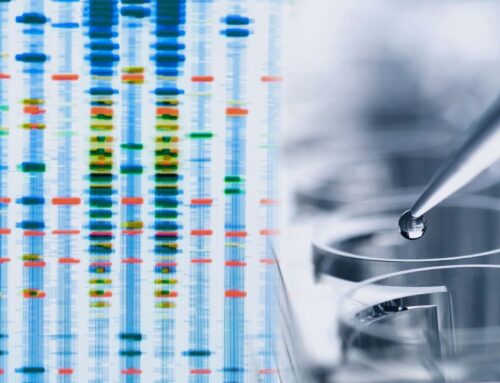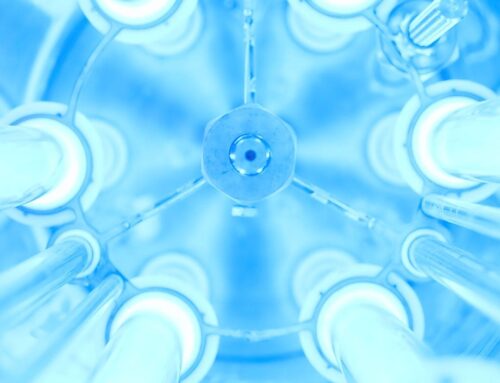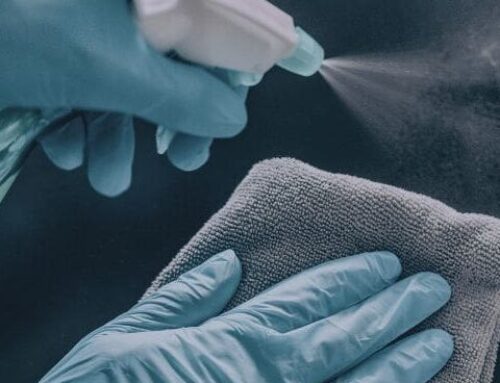Biosafety levels refer to the containment procedures required for different microorganisms based on risk of infection. There are four levels, used worldwide and described in the book Biosafety in Microbiological and Biomedical Laboratories (free download).
Biosafety Level 1 is suitable for work with non-pathogens. BSL1 microbes can be worked with on a lab benchtop with minimal protective gear. Disinfecting surfaces and washing hands with antibacterial soap is advised.
Biosafety Level 2 is appropriate for work with germs that pose a moderate risk to personnel, but are generally non-pathogenic in a lab setting. Scientists working in BSL2 should be trained microbiologists, and some organisms designated BSL2 may require work in a biological safety cabinet. Antimicrobial Test Laboratories is a BSL2 lab.
Biosafety Level 3 is suitable for work with microorganisms that cause serious or potentially lethal infections after inhalation, but for which reliable treatments exist. Safety precautions taken for BSL3 range from the use of a biological safety cabinet to sealed access zones with filtered room exhaust, depending on the organism.
Biosafety Level 4 is the highest level of containment, required for work with highly infectious microbes with no known cure or vaccine. BSL4 labs have several special features, including airlocks and multiple disinfection checkpoints. Microbiologists wear full-body positive-pressure suits, and lab access is extremely limited.




